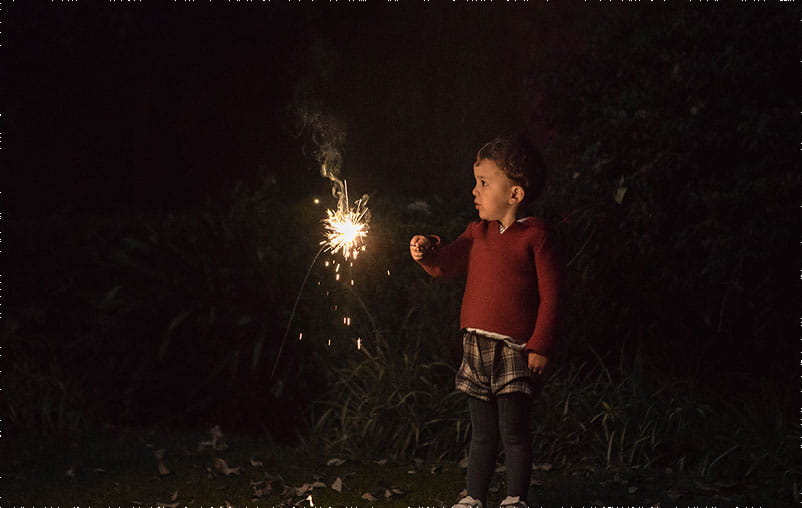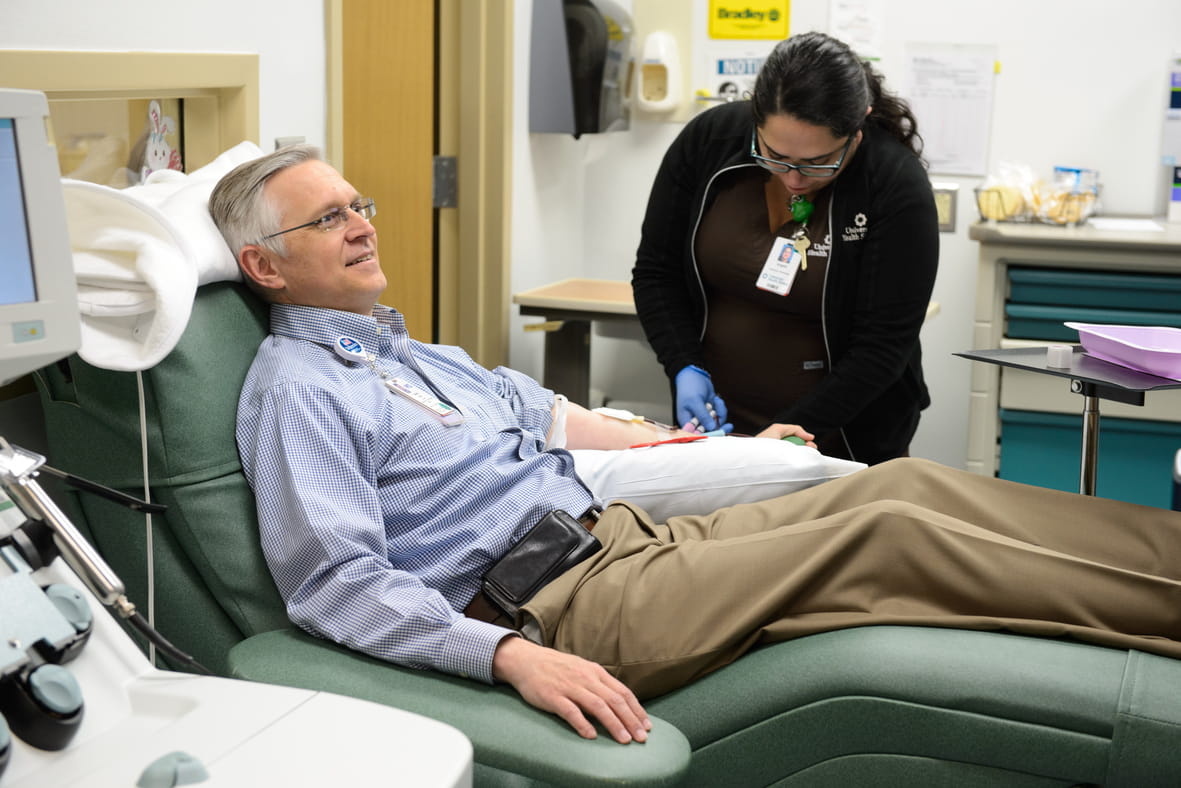Fever is often the first thing we check our kids for when they feel sick. But how to treat that fever — and when to worry about it — isn’t always clear.
What Is a Fever?
The first thing to know is that a fever isn’t an illness, but rather a symptom. It’s a sign your child’s body is fighting an illness or infection. Fever stimulates the body’s defenses, sending white blood cells and other “fighter” cells to attack and destroy the cause of the infection.
A fever is generally considered to be a temperature of 100.4 degrees Fahrenheit or higher, according to the American Academy of Pediatrics.
The body has a number of ways to regulate temperature when it is too high or too low. It can produce more or less sweat. It can move blood closer or away from the surface of the skin. It can retain or eliminate fluid in the body. And it can seek out a cooler or warmer environment.
Why Does My Child Have a Fever?
When your child has a fever, the body works the same way to control the temperature, but it has temporarily reset its thermostat at a higher temperature. The temperature increases for a number of reasons:
- Chemicals, called cytokines and mediators, are made in the body in response to an invasion from a microorganism, malignancy or other intruder.
- The body is making more macrophages, which are cells that go to combat when intruders are present in the body. These cells actually "eat up" the invading organism.
- The body is busily trying to make natural antibodies, which fight infection. These antibodies will recognize the infection next time it tries to invade.
- Many bacteria are enclosed in an overcoat-like membrane. When this membrane is disrupted or broken, the contents that escape can be toxic to the body and stimulate the brain to raise the temperature.
Symptoms of Fever
Children with fevers may become more uncomfortable as the temperature rises. In addition to a body temperature greater than 100.4 degrees (38°C), symptoms may include:
- Your child may not be as active or talkative as usual.
- He or she may seem fussier, less hungry and thirstier.
- Your child may feel warm or hot. Remember that even if your child feels like he or she is burning up, the measured temperature may not be that high.
The symptoms of a fever may look like other medical conditions. According to the American Academy of Pediatrics, if your child is younger than 3 months of age and has a temperature of 100.4 degrees or higher, you should call your child's health care provider immediately. If you are unsure, always check with your child's health care provider for a diagnosis.
When Should I Treat Their Fever?
So, when should a fever be treated? In children, a fever that is making them uncomfortable should be treated. Treating your child's fever will not help the body get rid of the infection any faster; it simply will relieve discomfort associated with fever. Children between the ages of 6 months and 5 years can develop seizures from fever (called febrile seizures).
If your child does have a febrile seizure, there is a chance that the seizure may occur again, but, usually, children outgrow the febrile seizures. A febrile seizure does not mean your child has epilepsy. There is no evidence that treating the fever will reduce the risk of having a febrile seizure.
To treat a fever, give your child an antifever medicine such as acetaminophen or ibuprofen. Do not give your child aspirin, as it has been linked to a serious, potentially fatal disease, called Reye syndrome.
How to Reduce a Fever
- Dress your child lightly. Excess clothing will trap body heat and cause the temperature to rise.
- Encourage your child to drink plenty of fluids, such as juices, soda, punch or popsicles.
- Give your child a lukewarm bath. Do not allow your child to shiver from cold water, as this can raise the body temperature. NEVER leave your child unattended in the bathtub.
- Do not use alcohol baths.
When to Call Your Provider
Unless advised otherwise by your child’s health care provider, call the provider right away if:
- Your child is 3 months old or younger and has a fever of 100.4 degrees (38°C) or higher. Get medical care right away. Fever in a young baby can be a sign of a dangerous infection.
- Your child is of any age and has repeated fevers above 104 degrees (40°C).
- Your child is younger than 2 years of age and a fever of 100.4 degrees continues for more than 1 day.
- Your child is 2 years old or older and a fever of 100.4 degrees continues for more than 3 days.
- Your baby is fussy or cries and cannot be soothed.




